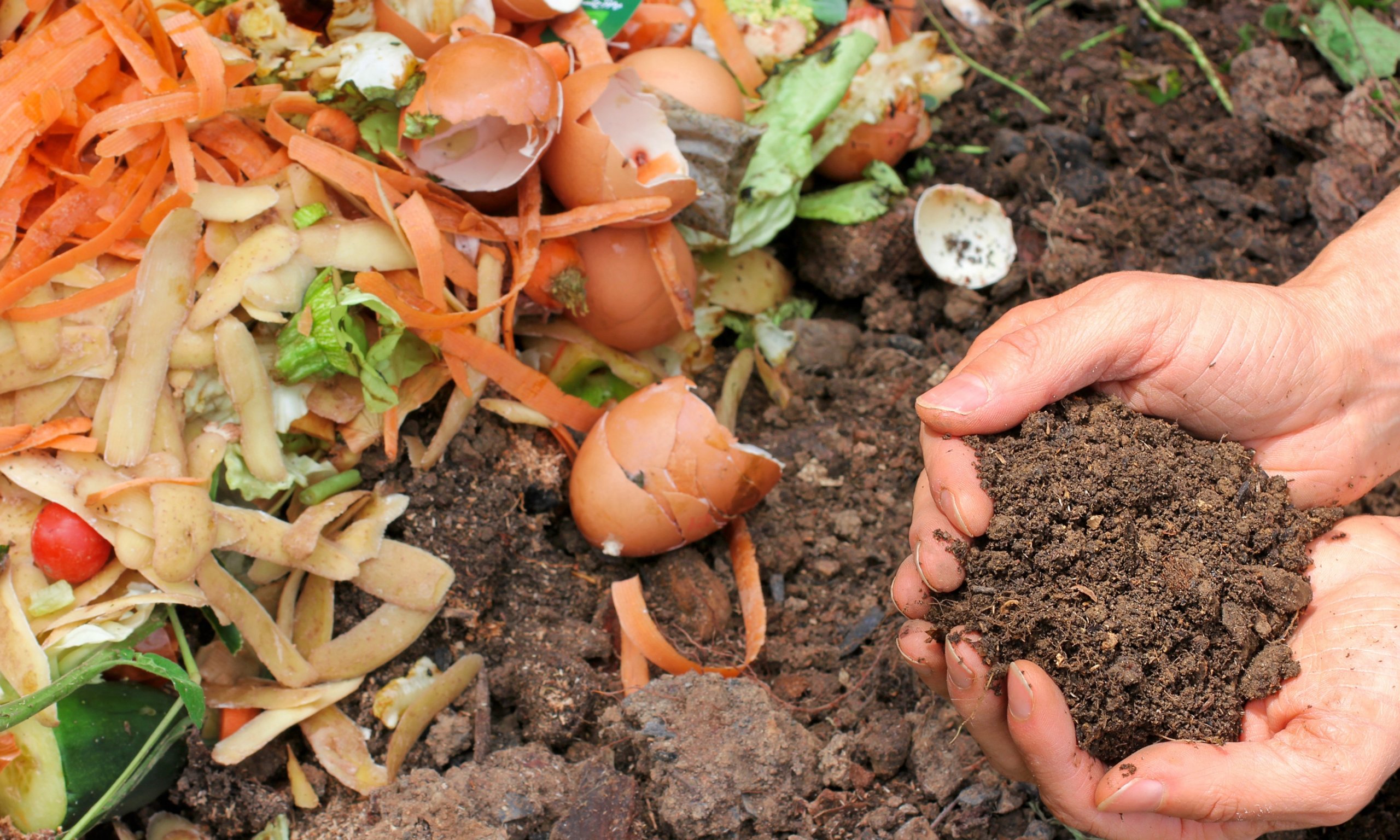Homemade Succulent Fertilizer
If you want your succulent plants to grow strong and healthy, using the right fertilizer is important. Homemade succulent fertilizer gives you a natural, safe, and cost-effective way to boost your garden’s growth. You don’t need to buy fancy products, simple ingredients from your kitchen, like banana peels or compost, can help meet your succulents’ needs.
Making your own fertilizer lets you control what goes into your soil, so your plants get the nutrients they need without extra chemicals. You can easily use common items to feed your succulents and keep them thriving year-round.
Key Takeaways
- Succulents need special care and nutrients to grow well.
- Homemade fertilizers are simple, affordable, and use things you already have.
- Feeding your succulents the right way helps them stay healthy and strong.
Understanding Succulent Nutrient Requirements
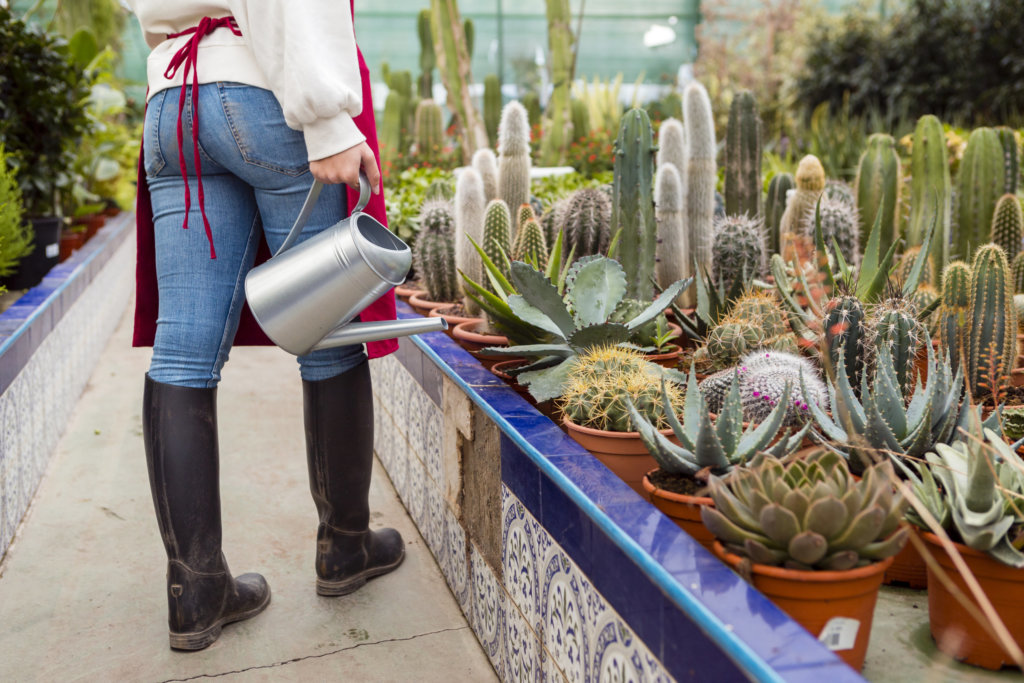
Succulent plants need a careful balance of nutrients to stay healthy, grow well, and produce strong roots and leaves. Not all succulents have the same needs, and their nutrient demands can change with the seasons and environment.
Essential Nutrients for Succulent Growth
Succulents depend on a mix of macronutrients and micronutrients to thrive. The main ones are nitrogen (N), phosphorus (P), and potassium (K), often shown on fertilizer labels as the NPK ratio.
- Nitrogen helps with leaf and stem growth, boosting the plant’s green color and strength.
- Phosphorus is important for root development and helps promote healthy flowering.
- Potassium supports overall plant health and disease resistance.
Other key nutrients for succulents include calcium (for cell wall strength), magnesium (for chlorophyll production), and trace micronutrients like iron and zinc. When making or choosing a fertilizer, aim for a balanced blend with lower nitrogen, as too much nitrogen can make succulents soft and prone to rot.
Factors Influencing Nutrient Needs
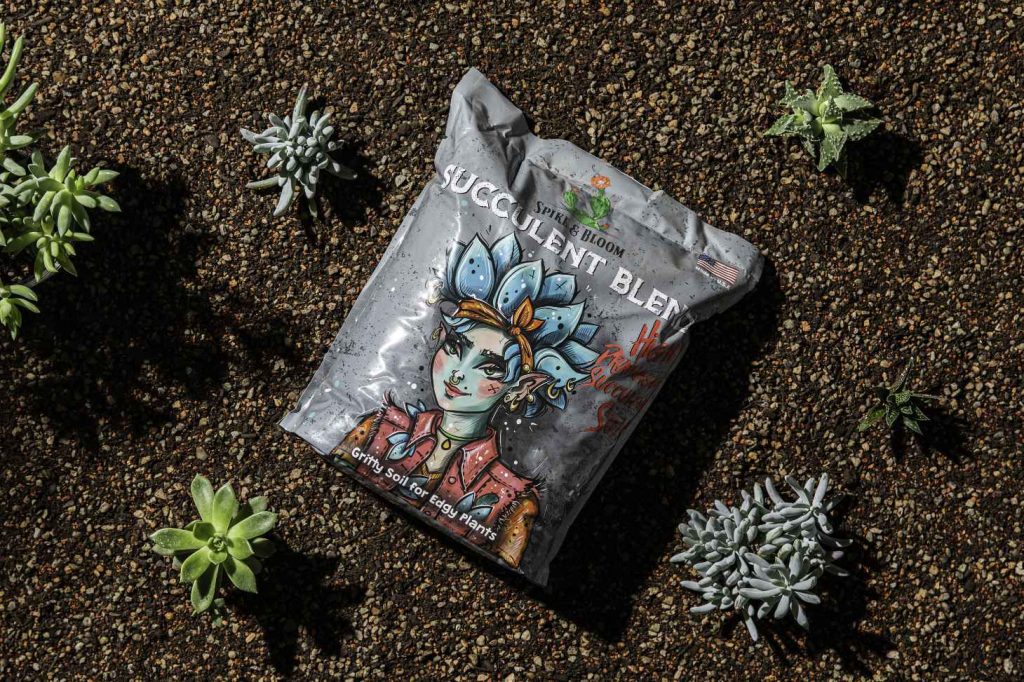
Several factors affect how much and what types of nutrients your succulents require. The soil mix is key, succulents need a well-drained soil to prevent waterlogging and root rot.
In arid environments, succulents adapted to dry conditions often get fewer nutrients, so they do not need heavy fertilizing. The active growing season, usually spring and summer, is when succulents use the most nutrients. During these months, more frequent and balanced feeding is needed.
Watering habits also matter. Overwatering can wash away nutrients, while underwatering can make them unavailable to the plant. Testing your soil once or twice a year helps check for nutrient balance and avoid over-fertilizing.
A quick checklist:
- Use well-drained soil
- Adjust feeding during growth periods
- Change routine based on humidity and season
- Test soil if plants look unhealthy
Common Signs of Nutrient Deficiency
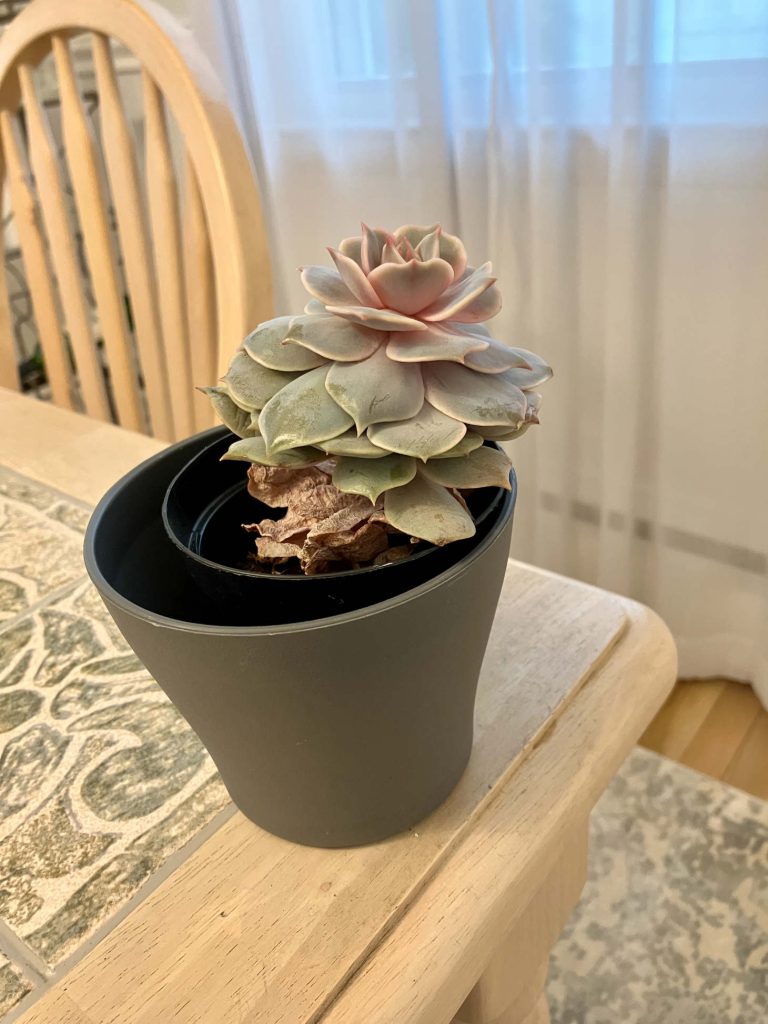
Noticing nutrient problems early helps keep your succulents healthy. Leaf drop is one clear sign your plant lacks nutrients, often due to low nitrogen, calcium, or magnesium.
You may also see slow or weak growth, pale or yellowing leaves (chlorosis), and small or deformed leaves. Poor root development and weak flowering signal a lack of phosphorus or potassium.
Look out for these symptoms:
- Yellow leaves: Low nitrogen or magnesium
- Poor flowering: Low phosphorus or potassium
- Weak roots: Phosphorus shortage
- Pale color: Lack of essential nutrients or iron
If you see these signs, adjust your fertilizing routine and check your soil mix for best results.
Homemade Succulent Fertilizer Options
Homemade succulent fertilizers give your plants the nutrients they need with items you may already have at home. Knowing which household ingredients and organic materials to use, and how to combine them for balance, can help your succulents grow strong and healthy.
Using Household Ingredients for DIY Fertilizer
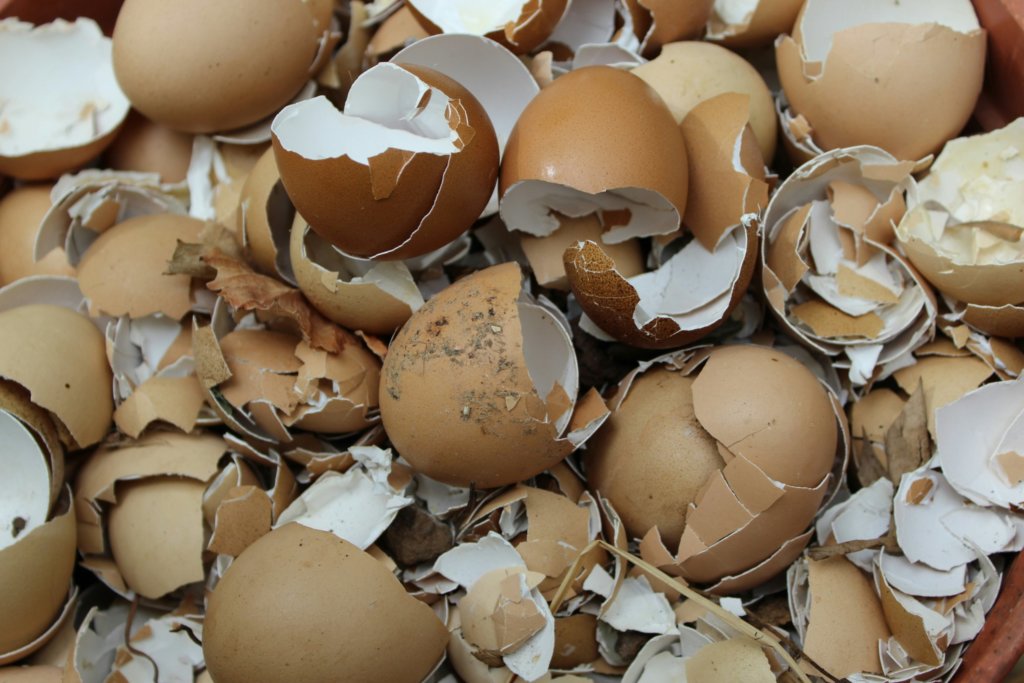
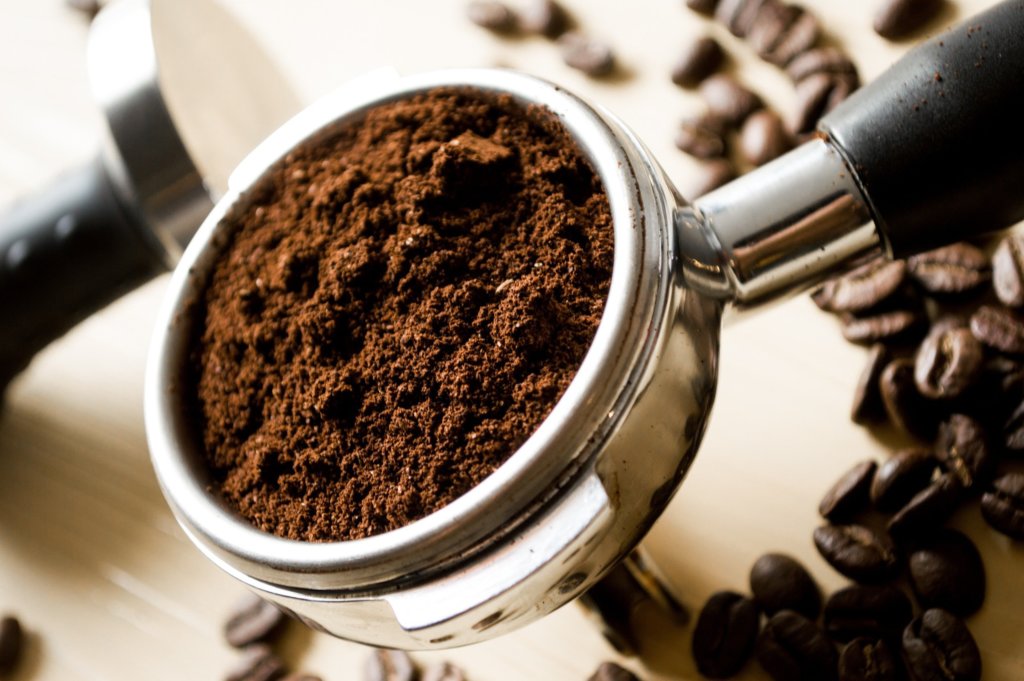
Many common kitchen items can be used as parts of a homemade succulent fertilizer. Eggshells are rich in calcium; crush them finely and sprinkle them on the soil to support root development. Coffee grounds (used and rinsed) offer small amounts of nitrogen but should be used sparingly to avoid excess acidity.
Banana peels contain potassium, which supports blooming. You can bury a small piece near the roots or soak peels in water for a few days and use the liquid to water your succulents. Epsom salt (magnesium sulfate) can be dissolved in water (about 1 tablespoon per gallon) to provide magnesium for greener leaves. Use Epsom salts rarely, about once a month, since succulents don’t need frequent feeding.
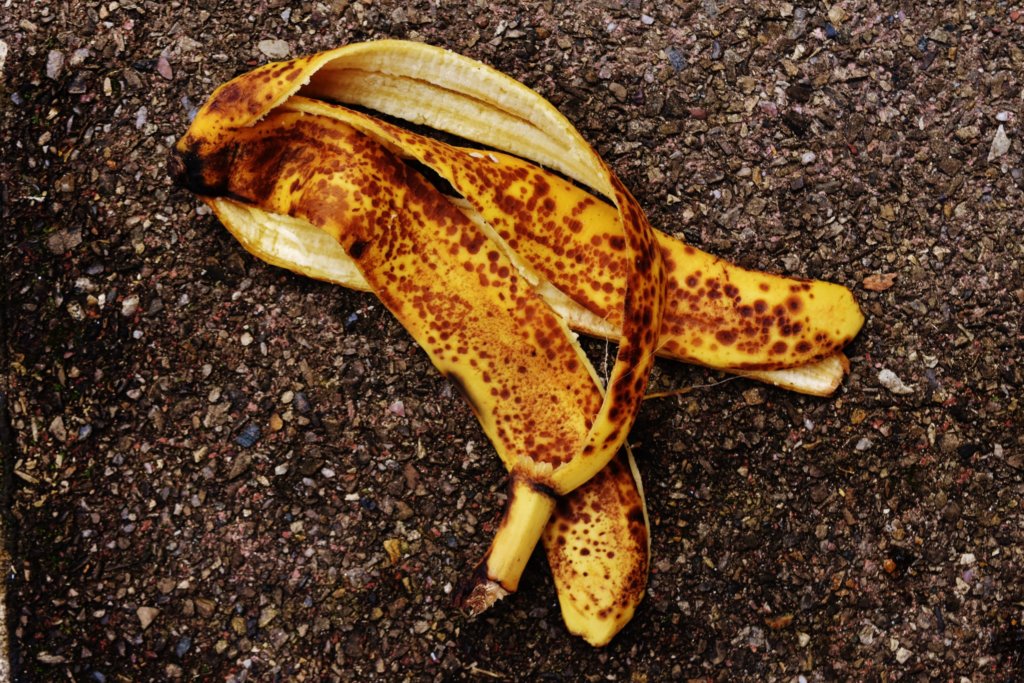
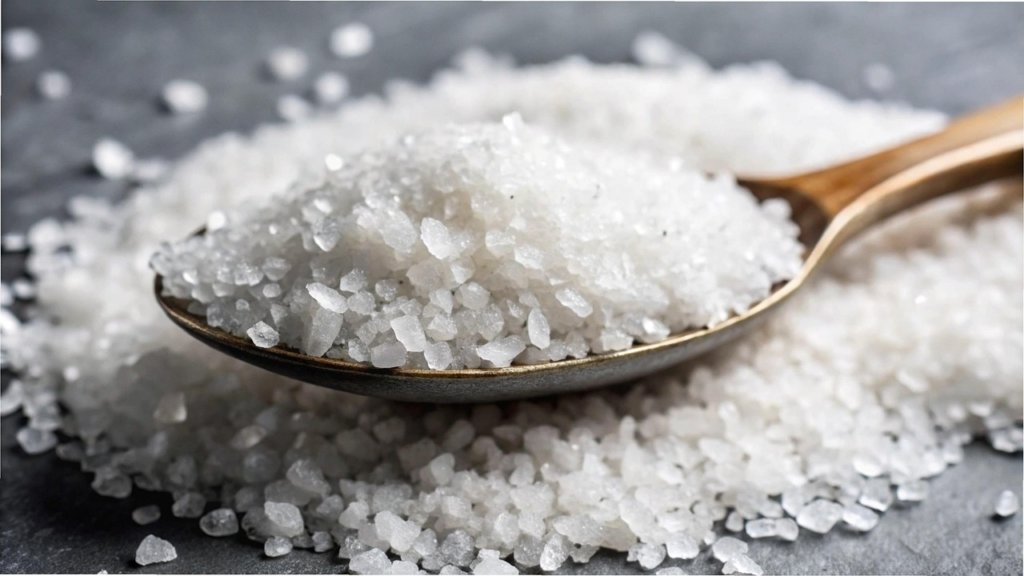
| Ingredient | Key Nutrient | How to Use |
|---|---|---|
| Eggshells | Calcium | Crushed & sprinkled |
| Banana peel | Potassium | Bury or soak & pour |
| Coffee grounds | Nitrogen | Rinse & mix in soil |
| Epsom salt | Magnesium | Dissolve & water |
Organic Materials and Their Roles
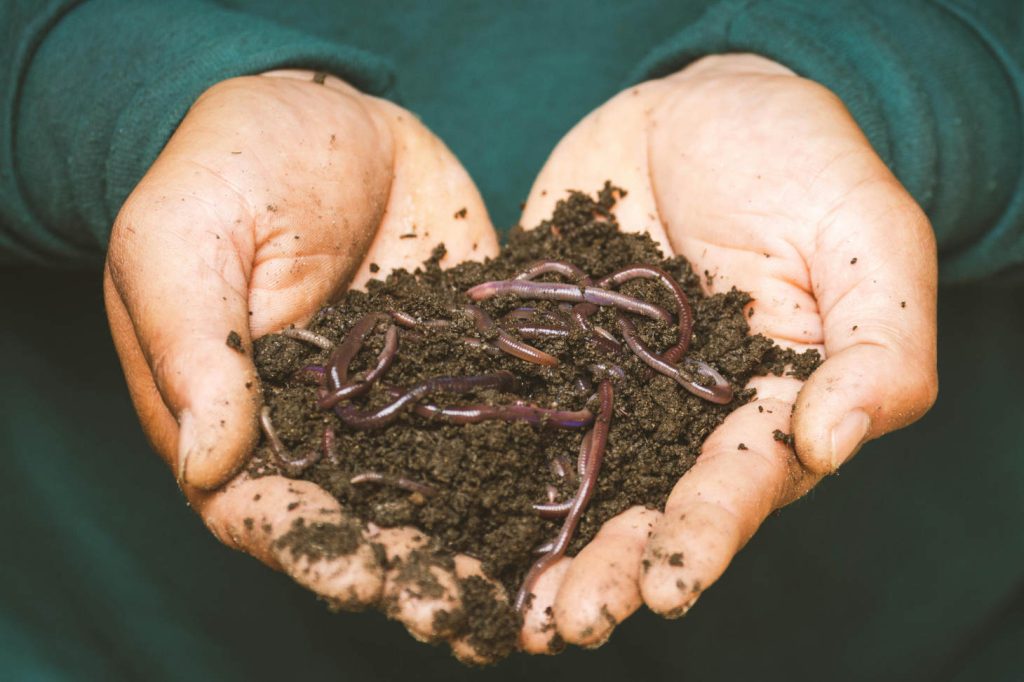
Organic materials improve soil structure and slowly add nutrients as they break down. Compost made from kitchen scraps feeds your plants with a range of minerals. Worm castings are a gentle, slow-release source of nutrients that help support root and leaf growth.
Compost tea is made by soaking compost in water, then using the strained liquid to water plants. This gives a gentle nutrient boost without overfeeding. Manure can be used, but make sure it’s well-aged and used in small amounts so you don’t burn your succulents.
Other natural fertilizers like bone meal provide phosphorus, good for root growth, while fish emulsion and seaweed extract add nitrogen and trace minerals. These are used diluted according to package directions.
Creating a Balanced DIY Succulent Fertilizer
It’s best to use fertilizers with low, balanced nutrient content because succulents are sensitive to over-fertilizing. Mix several mild ingredients for a balanced fertilizer, such as:
- 1 part finely crushed eggshells
- 1 part well-rotted compost or a small handful of worm castings
- A little banana peel water
You can water with this blend once a month during the growing season. Avoid adding too much nitrogen; too much leads to soft, leggy growth. Keep formulas mild and consistent. For convenience, you can store mixed dry components in an airtight jar and use small amounts as needed.
Always observe your succulents and adjust the recipe if you see signs of stress, like yellowing leaves or stunted growth.
Best Practices for Fertilizing Succulents
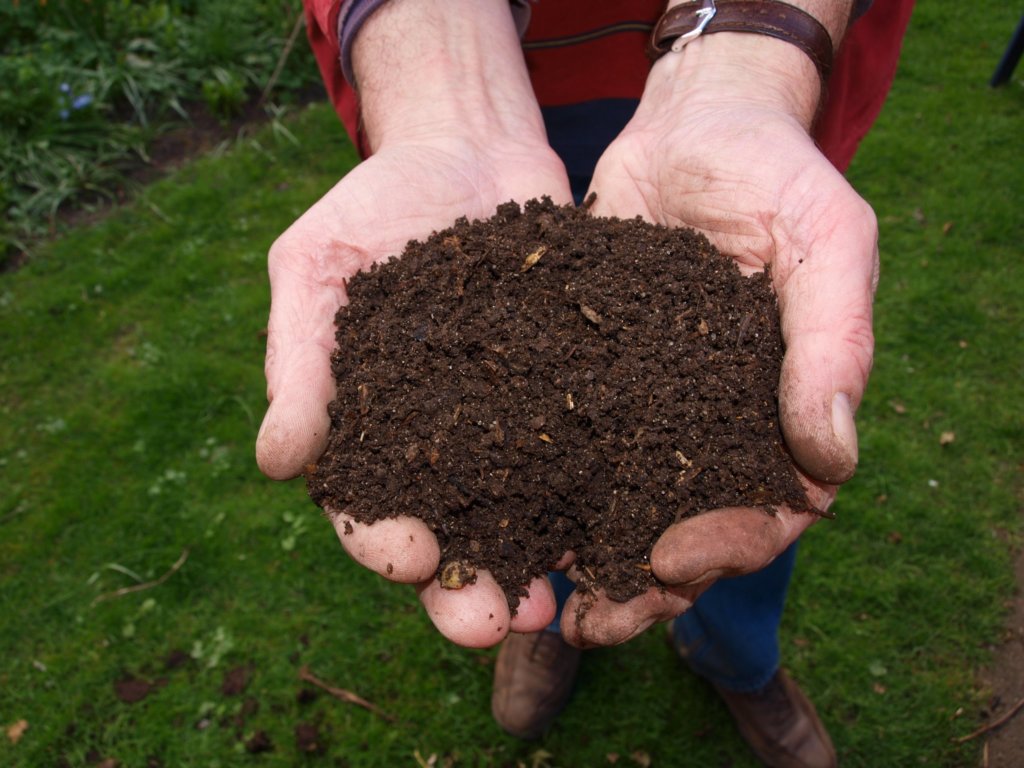
Fertilizing succulents helps them grow stronger roots and healthier leaves, but it’s important to do it the right way. Using a proper technique, timing, and avoiding common mistakes keeps your plants safe from damage like root burn and nutrient problems.
Proper Application and Timing
Apply fertilizer only during the active growing season, which is usually spring and summer. Most succulents rest during fall and winter, so fertilizing at the wrong time can stress the plant.
Use a balanced, diluted liquid fertilizer about once a month when watering succulents. Homemade options like banana peel water or diluted compost tea offer gentle nutrients.
Key tips for applying fertilizer:
- Water your succulents before fertilizing to prevent root burn.
- Always follow recommended dilution rates.
- Pour fertilizer directly onto the soil, avoiding leaves and stems.
- Make sure pots drain well, as salty or overly acidic soil can harm roots.
Fertilizing too often or with too much can lead to nutrient imbalances or encourage algae and unwanted microbial growth.
Avoiding Common Fertilizing Mistakes
One of the most common mistakes is over-fertilization. This can cause root burn, stunted growth, or attract unwanted pests and diseases.
Only fertilize when you see active growth. Skip feeding if your succulent looks weak or is recovering from illness.
Never use strong fertilizers meant for outdoor plants, as succulents need a gentler touch. Overly rich soil or too much organic matter can increase disease risk and make the soil stay wet, leading to root rot.
Watch for white crust (salts) on the soil or droopy leaves after feeding, which are signs of over-fertilization. If you notice these, flush the soil with plenty of water to remove excess salts and let the plant recover before feeding again.

